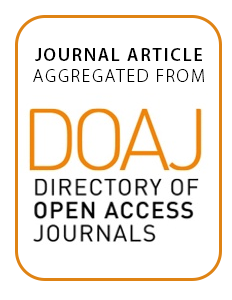Resource information
The definition and the subsequent development of eco-industrial parks (EIPs) have been deeply based on the application of industrial ecology theory, which pays specific attention to metabolic exchanges within industrial processes to address a deep reduction of limited resource consumption and a minimization of waste production in the framework of a sustainable development approach. Despite the EIPs configurations being essentially based on the overall idea of sustainability, the problem of defining their proper location inside the territory and the consequent land use model, to minimize land consumption, have not always been central in the wide range of studies and practices concerning the EIPs. Nevertheless, the specific problem of a drastic reduction of land consumption at the EIP planning stage acquires a crucial role and, therefore, needs to be carefully assessed inside the perspective of sustainable urban development. In this framework, the paper firstly aims at facing the nontrivial relationship between the EIPs’ theorizations and implementations and the reduction of land consumption by referencing specific studies and shared tools, where new developments have been favored despite the conversion and redevelopment of existing industrial parks; secondly, it focus on an Italian case study and its emblematic EIP planning processes, in order to deepen the contradictions between sustainable spatial planning and eco-industrial parks. Finally, some final conclusions will be presented, in order to integrate some main issues concerning the reduction of land consumption inside the more traditional EIP design processes.



